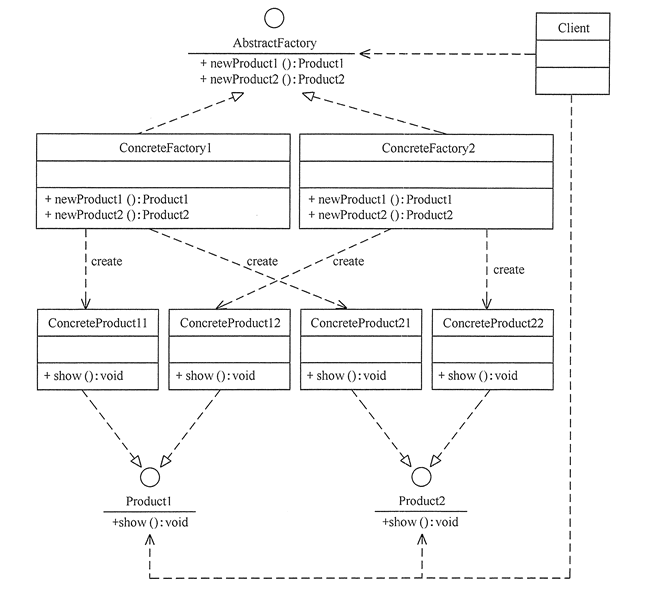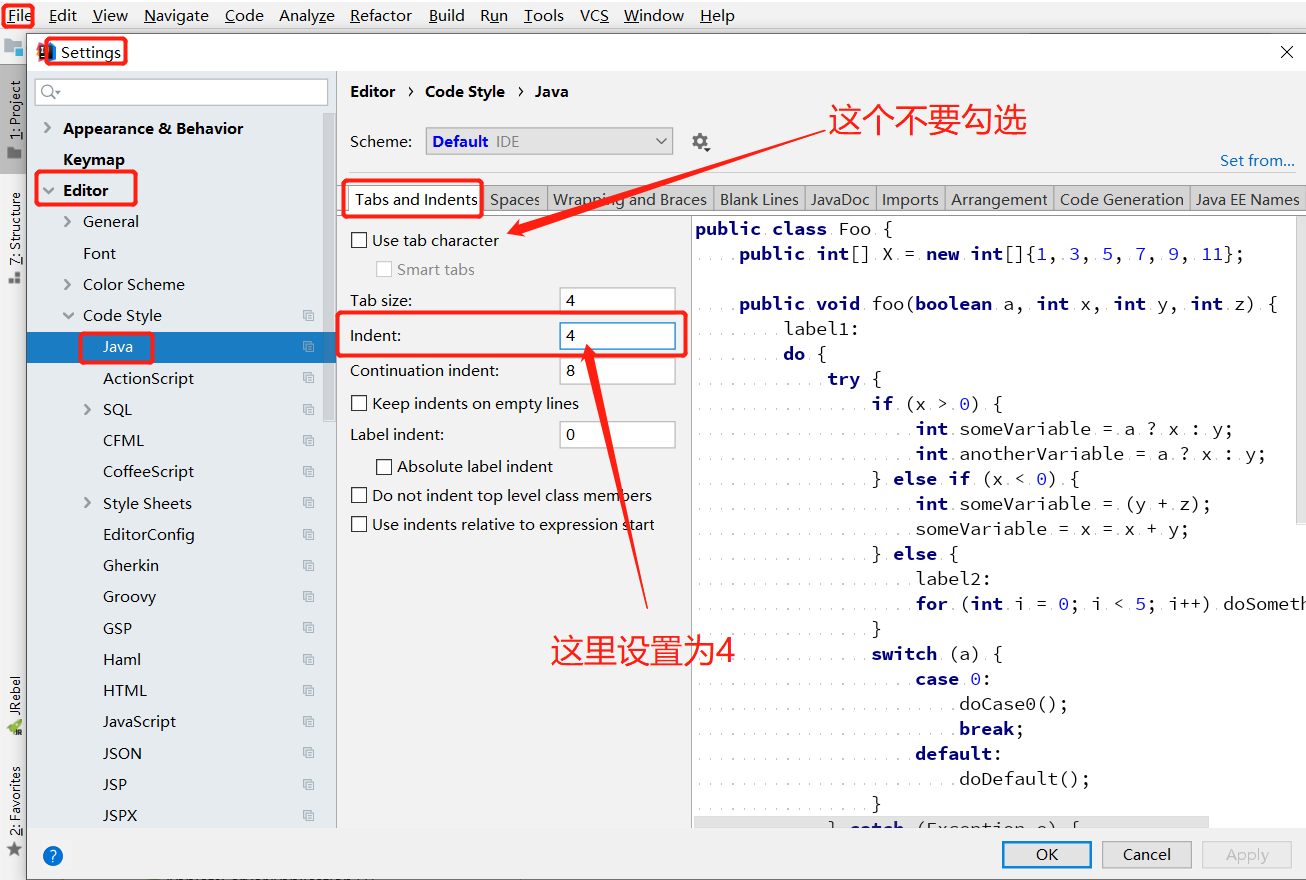import csvimport pandas as pdimport numpy as np# This is a sample Python script.# Press Shift+F10 to execute it or replace it with your code.# Press Double Shift to search everywhere for classes, files, tool windows, actions, and settings.'''查找相同子公共子序列 获得索引'''def print_hi(name): list1 = [] list2 = [] name = [] listfull1 = [] listfull2 = [] # Use a breakpoint in the code line below to debug your script. print(f'Hi, { name}') # Press Ctrl+F8 to toggle the breakpoint. with open('/home/philtell/Desktop/0514_biogas_p1_asv.csv','r',encoding = "ISO-8859-1") as csvfile: reader = csv.reader(csvfile) # list1 = [row for row in reader] list1 = [row[8] for row in reader] with open('/home/philtell/Desktop/0514_biogas_p1_asv.csv','r',encoding = "ISO-8859-1") as csvfile: reader = csv.reader(csvfile) listfull1 = [row for row in reader] with open('/home/philtell/Desktop/0514_biogas_p2_asv.csv','r',encoding = "ISO-8859-1") as csvfile: reader = csv.reader(csvfile) list2 = [row[8] for row in reader] with open('/home/philtell/Desktop/0514_biogas_p2_asv.csv','r',encoding = "ISO-8859-1") as csvfile: reader = csv.reader(csvfile) listfull2 = [row for row in reader] # print(listfull2) listsize1 = len(list1) listsize2 = len(list2) mm = listsize2; nn = listsize1; sameIndex = [] AsameNumIndex = set() # 表格1 的具有相同seq的无序数据集合 BsameNumIndex = [] for i in range(1,mm): sub_list = [] # 表格1和表格2 具有相同seq 键值对 sub_list.append(i) for j in range(1,nn): if(list2[i]==list1[j]): sub_list.append(j) AsameNumIndex.add(i) BsameNumIndex.append(j) sameIndex.append(sub_list) print(len(AsameNumIndex)) print(len(sameIndex)) print(sameIndex) newlist = [] t1 = set() t2 = set() list3 = [] for kk in sameIndex: j = 0 for oo in kk: if len(kk)==2: if j==0: # print(oo) t2.add(oo) # print(listfull2[oo]) list3.append(listfull2[oo]) else: t1.add(oo) list3.append(listfull1[oo]) # print(listfull1[oo]) j = j+1 for i in range(1,len(list1)): if i not in t1: list3.append(listfull1[i]) for i in range(1,len(list2)): if i not in t2: list3.append(listfull2[i]) print(len(list3)) # print(len(newlist)) # print(newlist) # print(sameIndex) # sameIndex2 = [] # for i in range(nn): # for j in range(mm): # if (list2[i] == list1[j]): # sameIndex2.append(j) # print(len(sameIndex2)) # ''' ''' # with open('/home/philtell/Desktop/0514_biogas_p1_asv.csv','r',encoding = "ISO-8859-1") as csvfile: # reader = csv.reader(csvfile) # list1 = [row[8] for row in reader] df = pd.read_csv("/home/philtell/Desktop/0514_biogas_p2_asv.csv",low_memory=False) data = np.array(df.loc[:, :]) labels = list(df.columns.values) # temp = [] # temp.append("序号") # for la in labels: # temp.append(la) # with open('/home/philtell/Desktop/0514_biogas_p2_asv.csv','r',encoding = "ISO-8859-1") as csvfile: # reader = csv.reader(csvfile) # count = 0 # test = [] # print(type(reader)) # for row in reader: # if count in sameIndex: # test.append(row) # count = count + 1 # # print(test) # # print(list3) # print(len(test)) print(labels) test = pd.DataFrame(data=list3) test.to_csv('/home/philtell/Desktop/mylove.csv',encoding='utf-8')# Press the green button in the gutter to run the script.if __name__ == '__main__': print_hi('PyCharm')# See PyCharm help at https://www.jetbrains.com/help/pycharm/



































还没有评论,来说两句吧...